How Ethical is UX?
An ethical look at common ux practices
It's fair to say the psychological manipulation in marketing has been around for quite some time now. From the beginning with the creation of war propaganda to the cute cartoons on kids cercal and finally inside the shiny devices of today.
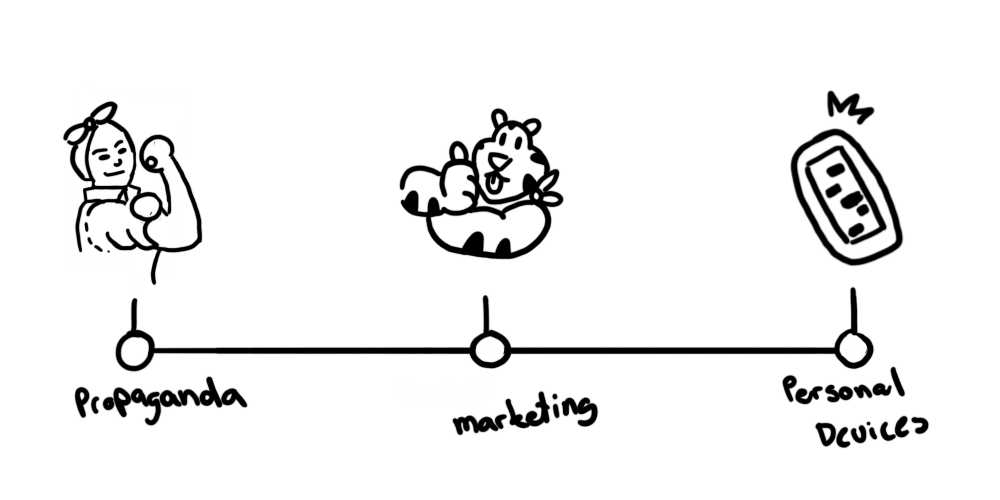
With print and TV advertising we got used to subtle manipulation of our emotions but for the most every 🔥hit ad🔥 would only speak to some people and before the rise of the internet, Ad agencies had to wait and hope you would remember the ad at the correct time. Customers were manipulated but had a choice at the time of purchase.
I think manipulation is getting too common in the tech industry under the gause of good ux. To me good UX increasing user agency not decreasing it.
Building a "Better" User Experience
The general zeitgeist of the UX community today is that a manipulative User interface is better for the user. I doubt it would be phrased like that but pickup any UI/UX book and you will see the phycologically technique used get the user to do what you want.
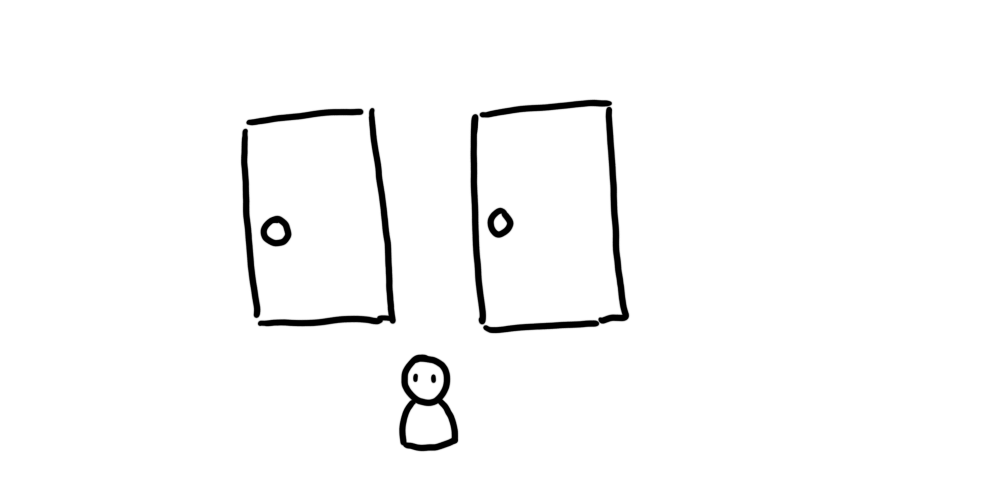
If you think of an App as if you are standing in a white room with 2 doors:
Scenario 1:
- The first door is white and simple.
- The second door is white and simple.
- you are positioned equal distance to both doors.
it's not obvious which door people will go through.
Now imagine:
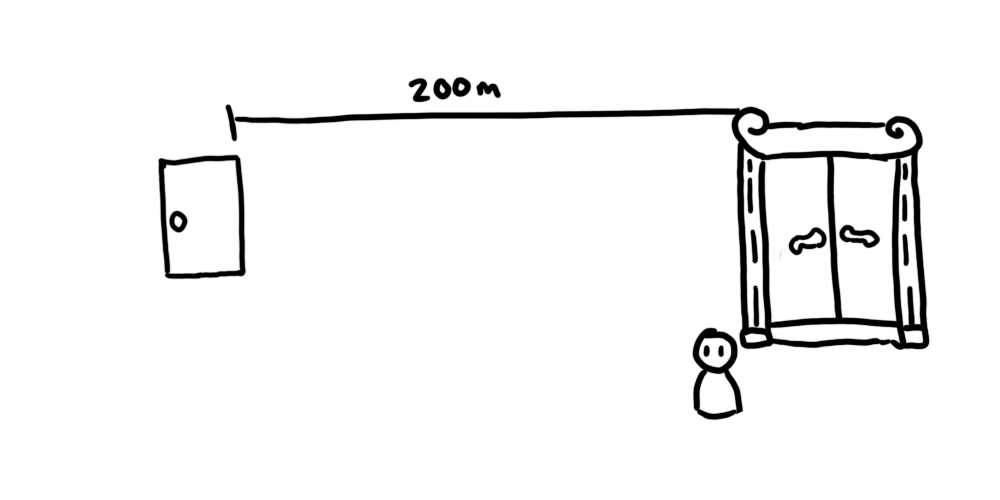
Scenario 2:
- The first door, its beautiful shape and it is a bright color.
- The second door is white and simple.
- you are positioned 200 meters away from the second door and 1 meter away from door 1.
Which Scenario do you think has less bias and more user agency?
These are common tactics in UI/UX design where you hide or move features away from the user based on the belief it's not wanted. This can then create a self fulfilling prophecy where the UX designers justifies the current position because the data shows no one is using it.
While this is manipulation it's very difficult to make an app that entirely unopinionated so this is understandable however the ethics get muddy when money is involved.
User Journeys vs Profit Funnels
A much more unethical situation in my opinion is applications that monetize attention. Similar to Casinos; Netflix, Youtube and Facebook earn more money the more you stay in the application.
In the UX industry there are 2 core techniques for designing pathways through an application.
User journeys are a way for UX designers to visualize a nice pathway for users through the routes of an application.
Profit funnels are the same thing but for getting users to achieve a certain action most commonly buying something.
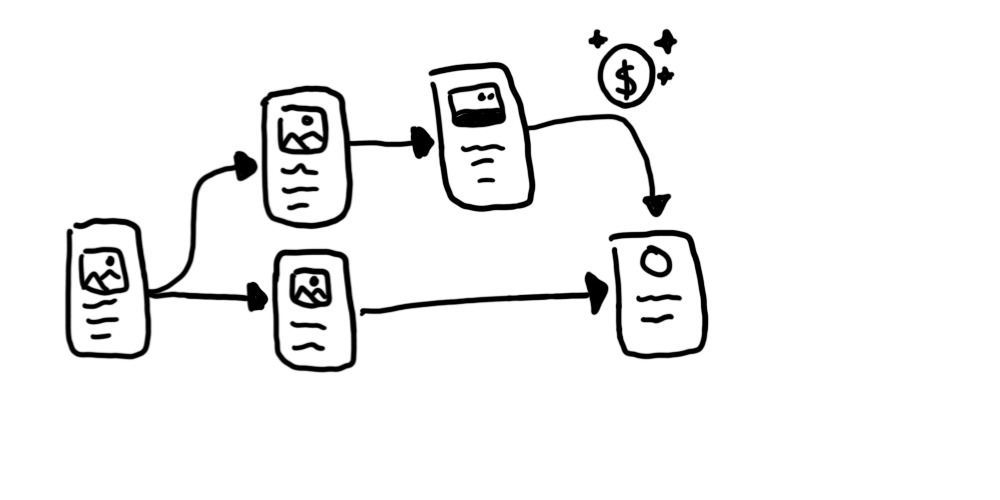
Lets focus on Netflix, it makes its money by subscription and it spends its money by getting licenses to shows. If it bought a license or produced a show no one watches, it would be a loss for the company.
The User journey might be like this:
- User logs in
- User browses homepage
- User click a show
- User plays a show
The Profit funnel might be like this:
- User logs in
- User browses homepage
- User click a show with a high return for Netflix
- User plays a show
that makes sense they need to be profitable so a little bit more manipulation is fine and besides Netflix is personalized to my likes and dislikes right? This is a common misconception These websites don't have any obligation for the recommendation to be correct. You are trusting that your recommendation data is equally weighted in the business logic of Netflix.
Are your choices your own?
Recently I got this recommendation of 99% for the new season of Locke & Key. A Netflix funded show.
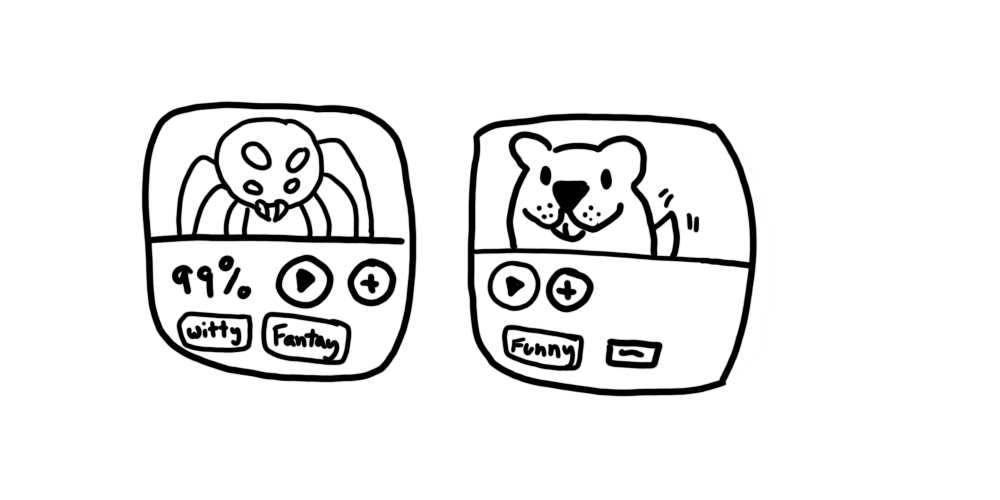
I have never watched an episode of Locke & Key and 99% is a bold statement. Modern Family, which I have watched 9 seasons of, has no visible rating at all and in my testing of the system I wasn't able to find a rating lower than 55% in my account.
Netflix states on its website that the rating is not how good the show is but how likely you would click it. which is an important difference if you take into account the Profit funnel above. They don't need you to think a show is good, they just need you to watch enough of it to return a profit.
The Netflix UI is laid out like so:
The user is presented with a list of shows all "personally recommended" at 99-95% (lower percentages are hidden further down) These shows are made more bright and colorful with a large green percentage. The user's other choice are move further away
in other words the UX designer has taken advantage of The Serial Position Effect , Miller's Law, the Von Restorff Effect and Fitts' Law just in this one section.
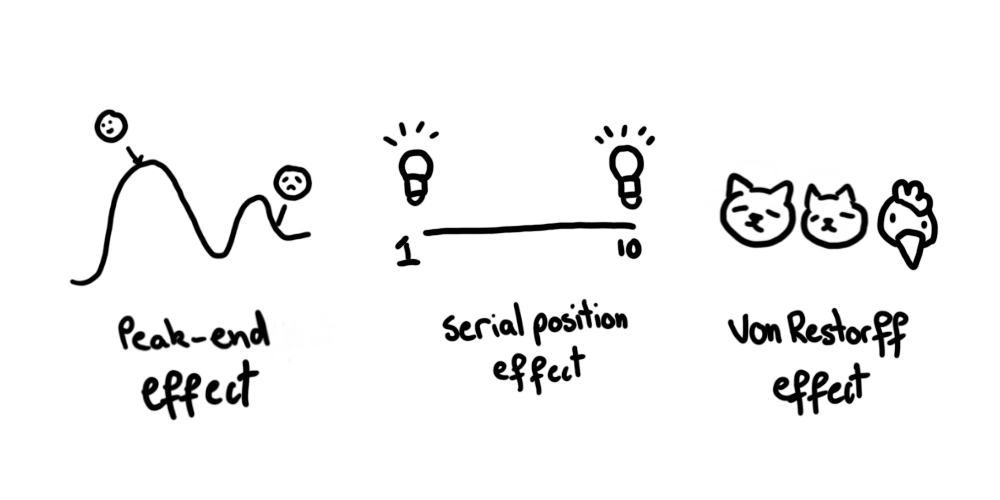
There is an implication that they won't watch it if they don't like it but because of the additional manipulation it requires more will power to subvert these default behaviors and also makes items that you might evaluate yourself as a better "Match" further away increasing the effort to choose them and decreasing the chance you will find them.

If you circle back to our door analogy, how many people are going to walk the extra 200 meters to the average door vs walking through the closest door that is personally recommended to you.
Friction is good.
"Its very important not to have right angles in the carpets. What a right angle does is it stops you up and gives you a decision to make"
Natasha Dow Schüll, author of Addiction by Design in a discussion about casino carpets
It's easy to apply this logic to Netflix's UI. A core element of the UI is lists of media. These lists loop infinitely which prevents that "Right Angle '' concept mentioned above, preventing the user from evaluating how many options there really are. Once you have finally started a show, Netflix will force feed you the next episode removing that decision for you.
This might be referred to as a frictionless experience but that term on its own implies a lack of user agency. The point of this article is not to "poop poop Netflix" it's to highlight how common and ingrained this manipulation are in the industry. so we can be mindful when designing applications. In my opinion applications should have fiction, they should have Right Angles to ensure that you are creating user agency and not eroding it.
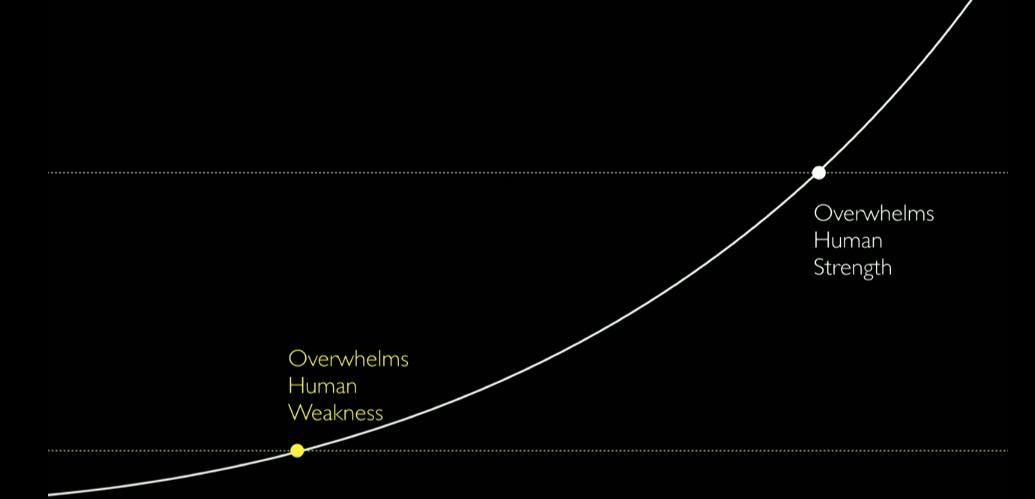
Above is a slide from Humane Technology which I think is very important. It's not about humans being weak ,We shouldn't make technology that feeds into our weaknesses, We should be building technology that helps use against those weaknesses